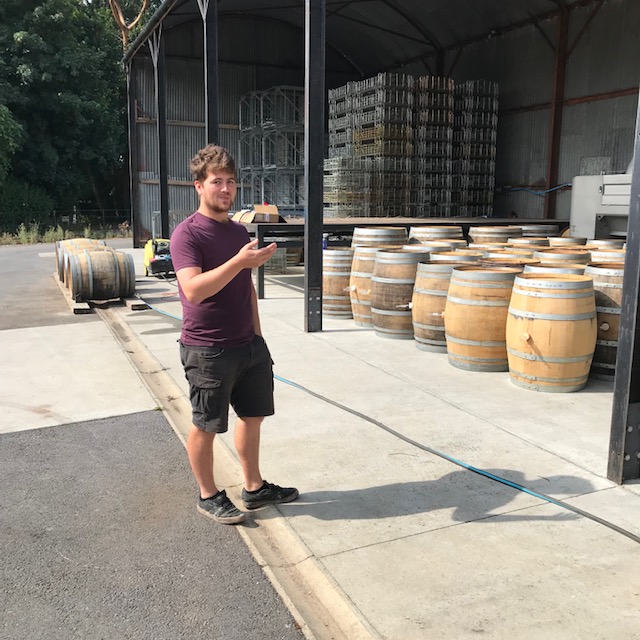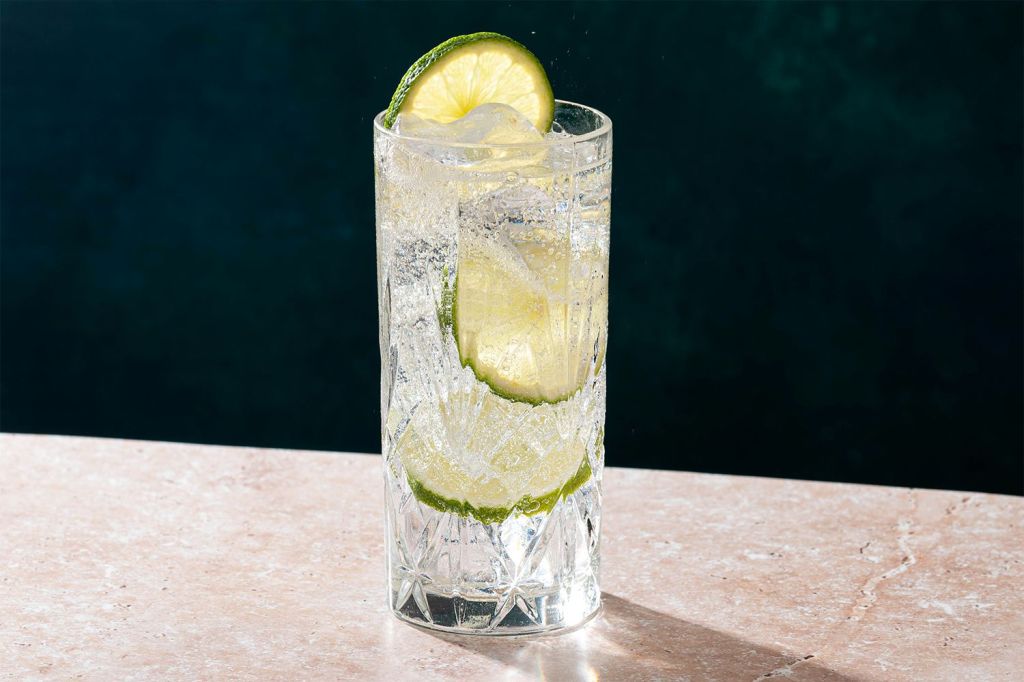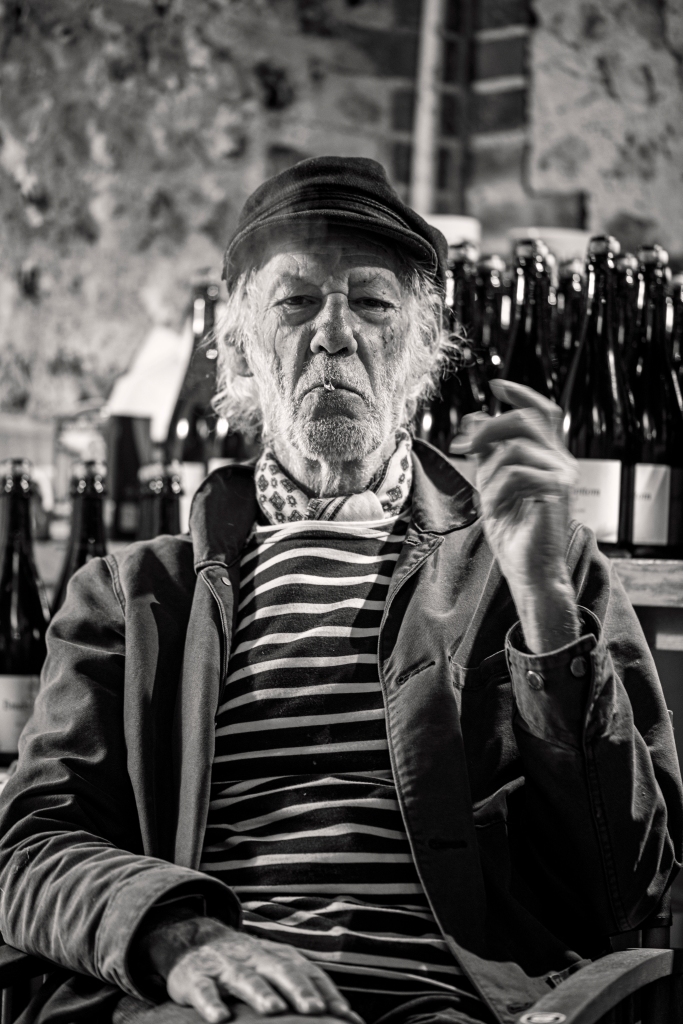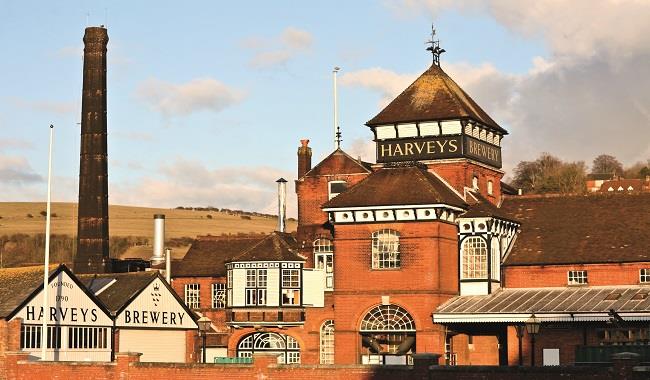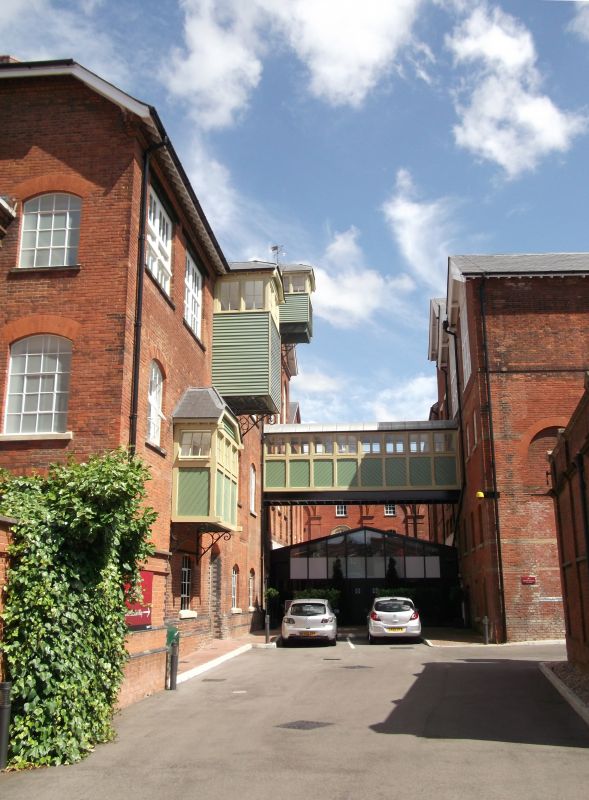This is the page for updates on my new book Vines in a Cold Climate: The People Behind the English Wine Revolution which was published 5 August.
I’ve been delighted by the coverage for my just published book on English wine. My favourite response was from Mr English wine himself Stephen Skelton who said: “never read a wine book so full of swear words and blasphemies!” Even better it seems to be selling, to one point it was in the top 500 on Amazon and the bestselling wine book. I can’t really ask for more than that.
Most of my boozy musing are now on Substack but I think WordPress is a better place to put updates on quotes and events.
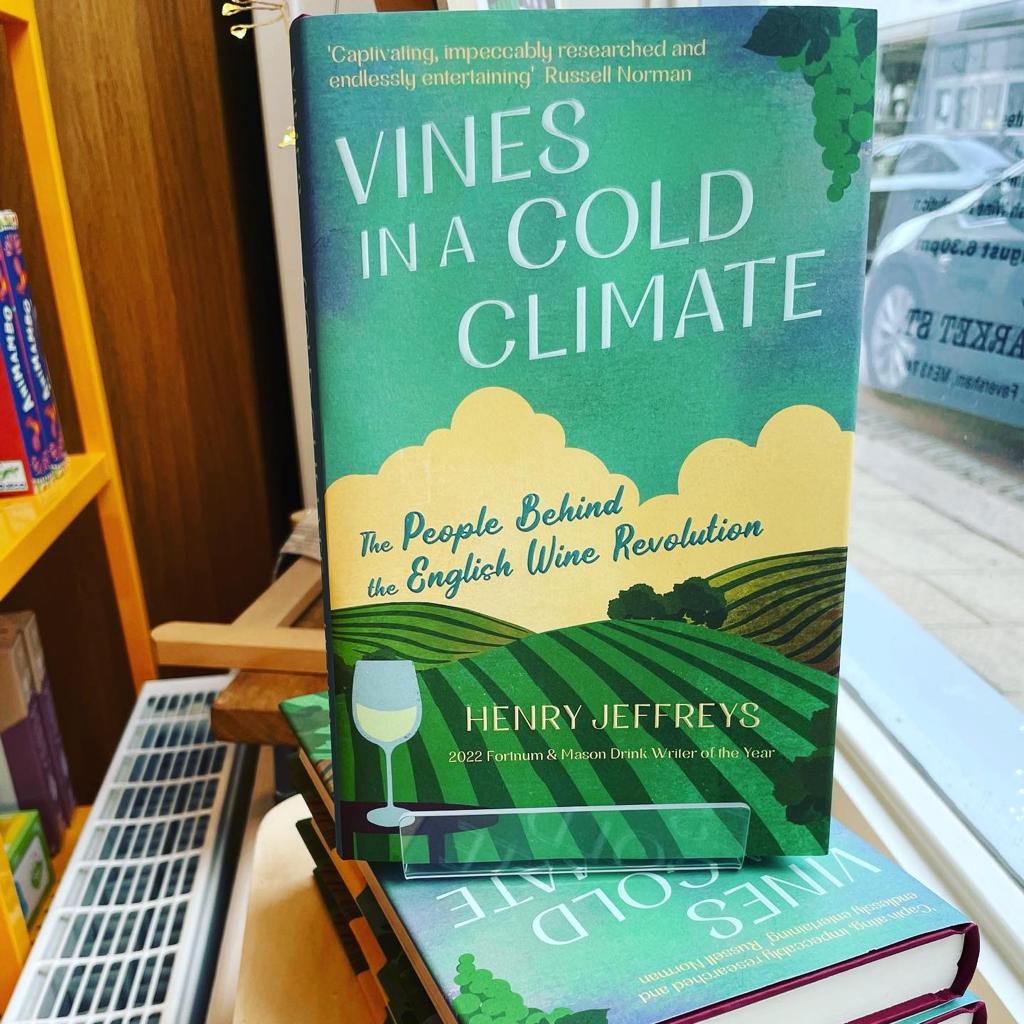
Upcoming events:
Saturday 16 September, 11:30am – Rye Arts Festival – I’ll be talking to Graeme Foster from Rye Fine Wines and top local producer Gusbourne will be offering wine to try.
Friday 6 October, 12:30pm – Spectator Literary Lunch – This will feature some of England’s finest wines, good good plus me and Jonny Ray talking.
Friday 3 November, details TBC – lunchtime event at London Olympia
Saturday 18 November, 3:30pm – Dulverton Literary Festival – with top TV smoothie William Sitwell
Thursday 23 November, 8pm – Folkestone Literary Festival – I’ll be talking to Jackie Wilks from Terlingham Vineyard, and yes there will be wine!
Quotes on Vines in a Cold Climate:
‘Half way through in a single sitting. Nancy Mitford-meets-Jancis Robinson-meets-Chips Channon-meets-Oz Clarke. I know I’ll finish it in two gulps. But unlike wine I know I’ll drink it all in again in a couple of weeks. Bravo @HenryGJeffreys Buy This Book’ Joe Fattorini from ITV’s The Wine Show
‘Just read “Vines from (sic) a Cold Climate” & never read a wine book so full of swear words and blasphemies! Hope the publisher has a good libel lawyer on speed-dial. It’s a good read though in a warts-and-all style, especially if you are in the business & know all the people mentioned.’ Stephen Skelton, English wine consultant and author
‘Jeffreys has written quite a fine book on a subject that’s already been covered a great deal to date. He makes it fresh and vibrant through firsthand research and interviews as well as his many years as a drinks writer . . . If he doesn’t win some awards (and ideally coin as well) from this book, then the world has gone sideways, yet again.’ Miquel Hudin, Hudin.com
‘A fine history of how English wine ‘went from joke to world class’ in a matter of decades. […] It’s also a masterclass in proper journalism. […] Witty and erudite’. Adam Lechmere, Club Oenologique
[Jeffreys has] done a great job of highlighting the peculiar Britishness of the whole endeavour, and it’s shot through with the wry humour that makes his writing so enjoyable — Matt Walls, contributing editor Decanter magazine
“I read Vines in a Cold Climate quickly, over a few days. I found it rather like a novel you can’t put down. That means that it’s very well written, not something that can be said of all wine books, no matter how valuable the facts within them. The Fortnum & Mason Drink Writer Award Henry Jeffreys garnered in 2022 seems well deserved. I shall definitely read it again at some point. That means something.” David Crossley’s Wide World of Wine.
‘Until I read this interesting book, I had no idea that the postcode in which I live in northeast Essex is the finest terroir for wine in the country’. Simon Heffer, Literary Review
‘Henry Jeffreys, who used to work in the wine trade, is an amiable and entertaining guide to ‘the English wine revolution’, revelling in the eccentric characters he meets along the way and in some of the arcane goings-on of the wine industry.’ Constance Craig Smith, Daily Mail
‘Prize-winning food and drink writer Henry Jeffreys has made it his mission to meet the people behind the English wine revolution. It’s a fascinating and superbly told adventure which at one stage involved him standing in a converted oasthouse in Sussex with a Tibetan singing bowl on his head. His adventures elsewhere are less dramatic but no less entertaining as he charts how England has become the home of truly world-class wine.’ John Clarke, Independent
‘This unlikely bunch of characters […] caught up in a kind of grape-fuelled gold rush […] is what makes Vines in a Cold Climate such a fascinating read’. Bill Knott, The Oldie
‘Henry Jeffreys’ entertaining new book, Vines in a Cold Climate, about the revolution that has seen English wine go from ‘joke to world class’ in 30 years, is perfect for the French wine bore in your life.’ Ed Cumming, Telegraph
‘Entertaining, informative […] It’s both a history . . . and a treasure trove of anecdote, offering lively portraits of the individuals involved.’ Richard Hopton Country & Town House






